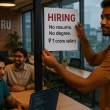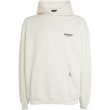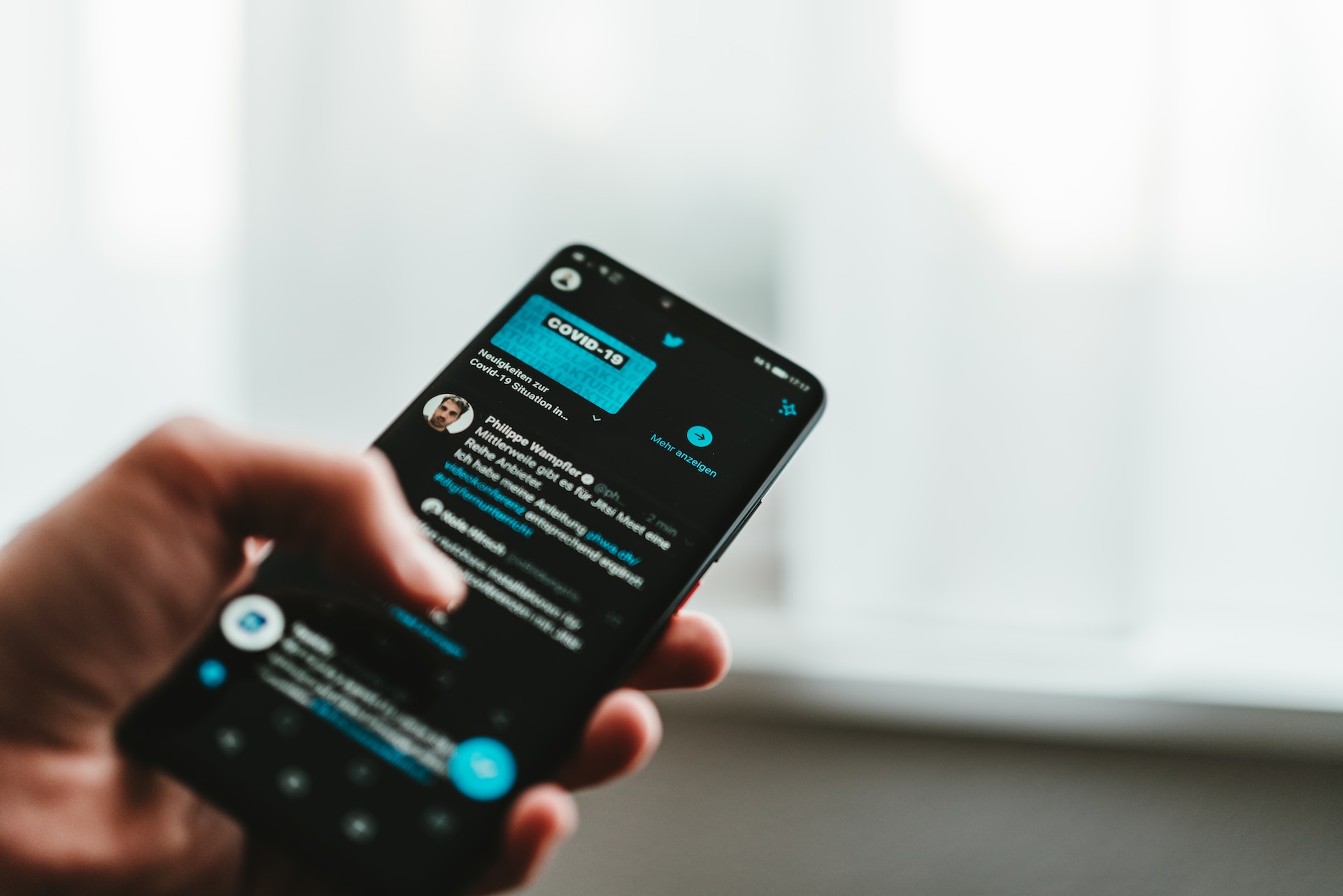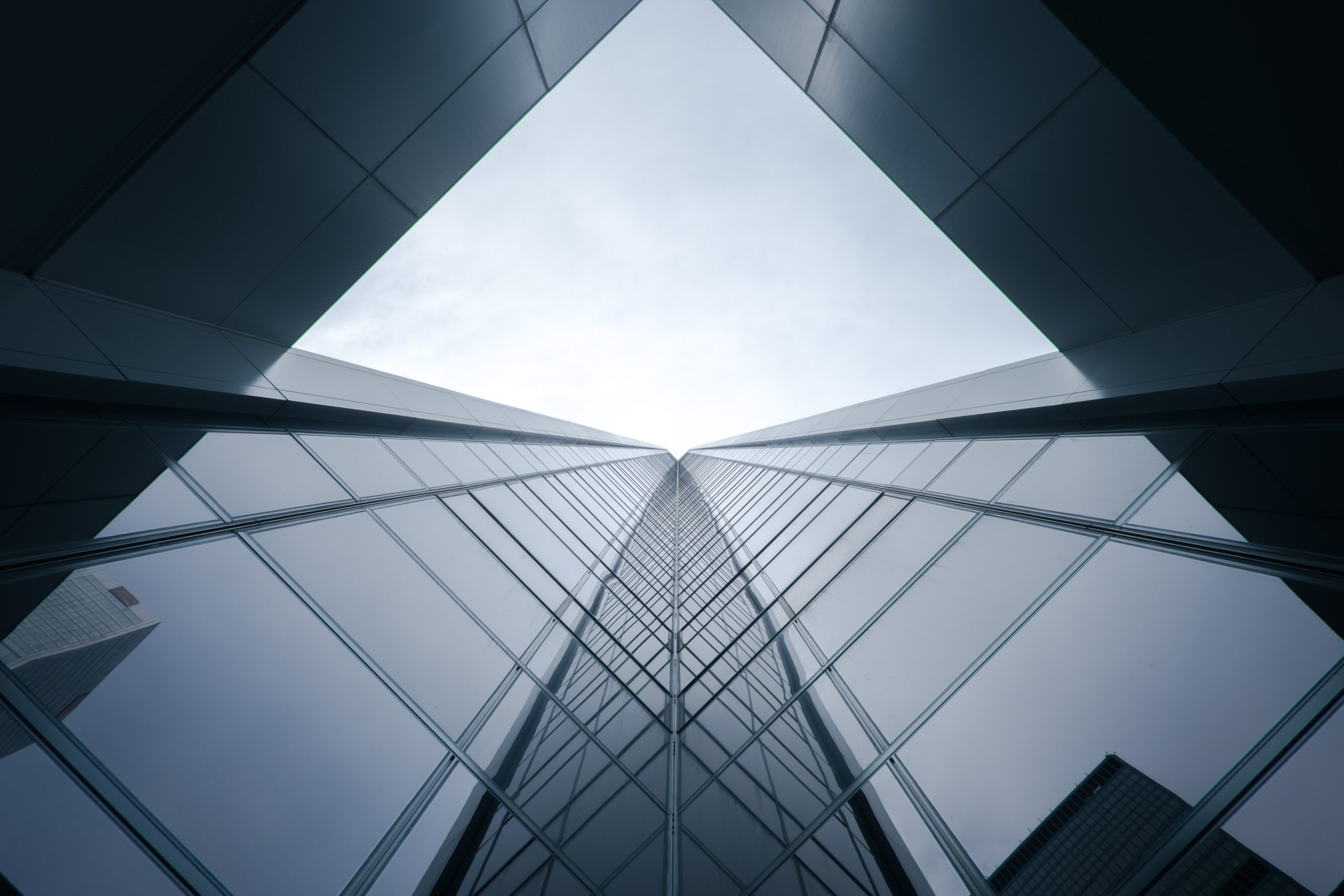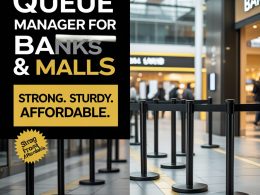Introduction
Speaking out against a powerful figure or company can be risky—especially when that target is Elon Musk or his electric‐vehicle empire, Tesla. Over the years, Musk and Tesla have taken a range of measures against critics, from legal threats and defamation lawsuits to social media bans and public discrediting campaigns. Whether the target is a financial analyst, a journalist, or a former employee, the company’s response often signals a broader strategy: protect its brand, deter further criticism, and control the narrative. In this article, we’ll examine the most notable cases, explain the measures used, and assess their impact on free speech and corporate accountability.
1. Defamation Lawsuits and Threats
a. Martin Tripp vs. Tesla
In 2018, Tesla sued Martin Tripp, a former Gigafactory employee, for allegedly leaking data and sabotaging production processes. The company claimed Tripp had hacked internal systems and made false statements about battery defects. Tripp countersued, arguing that Tesla’s lawsuit was a retaliatory tactic to silence whistleblowing. The dispute settled out of court in 2019, but it highlighted Tesla’s willingness to deploy legal muscle against critical insiders.
b. Frances Haugen’s Shadow
While not directly sued, Facebook whistleblower Frances Haugen faced intense public scrutiny and legal threats from other corporate backlinks. Though Musk did not sue Haugen, Tesla’s allies in the media used similar tactics—threatening defamation lawsuits and demanding retractions—to intimidate critics who connected electric‐vehicle issues to Elon Musk’s political statements.
c. Karpathy and Defamation Concerns
When Tesla’s former AI director, Andrej Karpathy, published open-source criticism of certain autopilot claims, Tesla’s legal team sent him a cease‐and‐desist letter. Though publicly downplayed as routine, the threat chilled discussion among engineers who feared crossing the company’s red lines.
2. Social Media Bans and Shadowbanning
a. X (formerly Twitter) Takedown of Critics
Elon Musk’s acquisition of Twitter brought a dramatic shift in content moderation. Several prominent Tesla critics—journalists, analysts, and consumer‐advocacy groups—found their accounts temporarily suspended or labeled “misinformation” when discussing vehicle fires, Autopilot crashes, or corporate controversies. The lack of clear policy guidelines led to accusations of shadowbanning, where critics’ posts appeared in their feeds but were hidden from broader public view.
b. Tesla‐Backed Influencer Machine
Tesla dissolved its official PR department in 2020, shifting promotion to a network of superfans and micro‐influencers incentivized by referral codes. Critics who questioned this model often found their own YouTube channels demonetized or their referral links deactivated—measures that cut off both their audience reach and potential earnings.
c. X Premium and Verified Critics
Under Musk’s leadership, “verified” status on X became a pay‐to‐play feature. Several known Tesla critics, once verified for their journalistic work, lost the blue check when they refused to pay. This change blurred the line between fact‐based reporting and paid promotion, effectively relegating dissenters to lower visibility.
3. Public Discrediting and Media Campaigns
a. Carvana vs. Tesla: A Counter‐Campaign
When used‐car retailer Carvana published an ad highlighting Tesla’s high trade‐in prices, Tesla responded with an aggressive social media push, accusing Carvana of “scare tactics.” The counter‐campaign included sponsored posts and coordinated replies from Tesla enthusiasts disparaging Carvana’s business practices—drowning out the original criticism.
b. “Skeptic” Labeling
Elon Musk himself has a history of calling detractors “short-sellers” or “haters,” implying financial motives behind critical analysis of Tesla’s stock and performance. By painting critics as greedy speculators rather than legitimate analysts, Tesla muddies the credibility of negative reports in the eyes of many fans.
c. Influencer Spotlighting
Tesla’s internal data shows spikes in negative press often coincide with viral videos from independent reviewers. To counter these, Tesla supporters highlight any minor error by the reviewer—stitching video clips of burnt toast or off‐camera background noise—to frame the criticism as clickbait. This tactic erodes trust in the critic’s work, regardless of its factual accuracy.
4. Legal and Regulatory Pushback
a. NHTSA Safety Disputes
The National Highway Traffic Safety Administration (NHTSA) has investigated Tesla over several incidents, from battery pack fires to Autopilot crashes. In response, Tesla has publicly downplayed the concerns and challenged NHTSA interpretations, sometimes threatening to withdraw cooperation unless investigations proceed “fairly.” While not a direct measure against an individual critic, this posture pressures watchdog agencies to tread carefully.
b. SEC Battles
Elon Musk’s infamous 2018 “funding secured” tweet led to an SEC lawsuit alleging securities fraud. Musk countersued in the press, claiming the SEC was politicized. The resulting settlement forced Musk to step down briefly as chairman and have his tweets approved by Tesla’s legal team—demonstrating how corporate‐government disputes can also shape the space for public criticism.
c. Unionization Campaigns
Labor activists highlighting workplace safety and anti‐union efforts at Tesla plants have faced legal pushback. Tesla’s lawyers have taken out injunctions against picketing and issued cease‐and‐desist letters to union organizers for “unlawful trespass.” These measures have slowed down union drives and silenced organizers fearful of litigation.
5. Internal Communication Controls
a. “Culture of Love” Messaging
Tesla’s internal communications emphasize a “culture of love and trust” among employees. Workers who share negative experiences—on Glassdoor or internal forums—risk disciplinary action for “damaging company reputation.” This policy creates an environment where staff self‐censor rather than speak out.
b. Security and Surveillance
Tesla’s Fremont factory is known for strict security: badge‐access gates, CCTV cameras, and regular ID checks. Employees say security staff monitor break rooms and parking lots for unauthorized discussions, especially around whistleblowing or union talks. Knowing they’re watched deters many from raising safety or labor concerns.
6. Impact on Free Speech and Accountability
The measures taken against Tesla critics raise questions about corporate power and freedom of expression:
- Chilling Effect: Defamation threats and social media bans discourage legitimate reporting and insider disclosures.
- Misinformation Risk: By labeling critics as financially motivated or politically biased, Tesla can undermine accurate information when it disrupts the company’s narrative.
- Regulatory Capture: Heavy pushback against agencies like the NHTSA and the SEC risks weakening oversight meant to protect public interests.
At the same time, one could argue that any large organization—facing what it sees as false or defamatory claims—has the right to defend its reputation. The debate hinges on finding balance: protecting free speech without allowing unchecked misinformation to harm consumers and investors.
7. Responding to Criticism Constructively
Some observers suggest that Tesla could better serve stakeholders by:
- Transparent Reporting: Publishing quarterly safety, labor, and environmental metrics in clear, standardized formats.
- Independent Audits: Inviting third‐party reviews of Autopilot performance and workplace conditions.
- Open Forums: Hosting regular town-hall meetings where employees and community members can ask questions without fear of reprisal.
- Clear Social Media Policies: Establishing transparent guidelines for content moderation on Musk’s platforms, with an appeals process for banned critics.
Such steps could transform measures from “against critics” into proactive accountability practices—building trust rather than eroding it.
Conclusion
Tesla and Elon Musk have repeatedly shown they’re willing to use a variety of measures—legal action, social media controls, public discrediting, and internal policies—to silence or deter critics. While some tactics protect the company’s brand and shareholder value, they also risk suppressing valid concerns about safety, labor, and corporate governance. Striking the right balance between defending against false claims and encouraging open dialogue is crucial for Tesla’s long‐term success and for preserving the free‐speech principles that underpin healthy public debate. As Tesla matures, adopting transparent, constructive responses to criticism may prove more effective than litigation and bans—demonstrating that accountability and innovation can go hand in hand.


